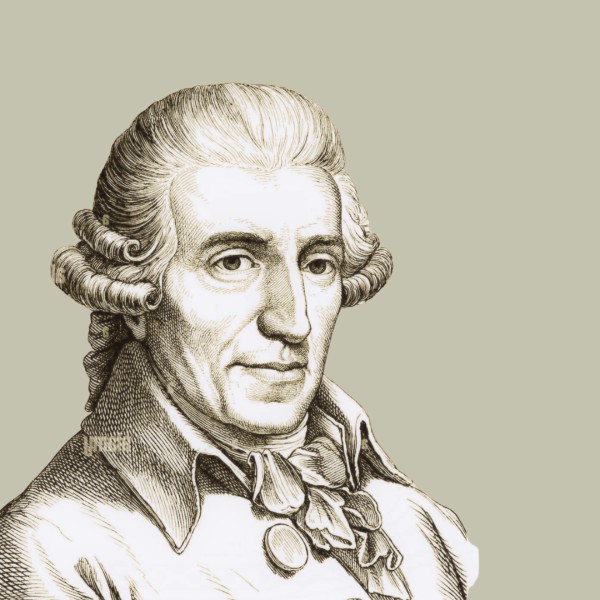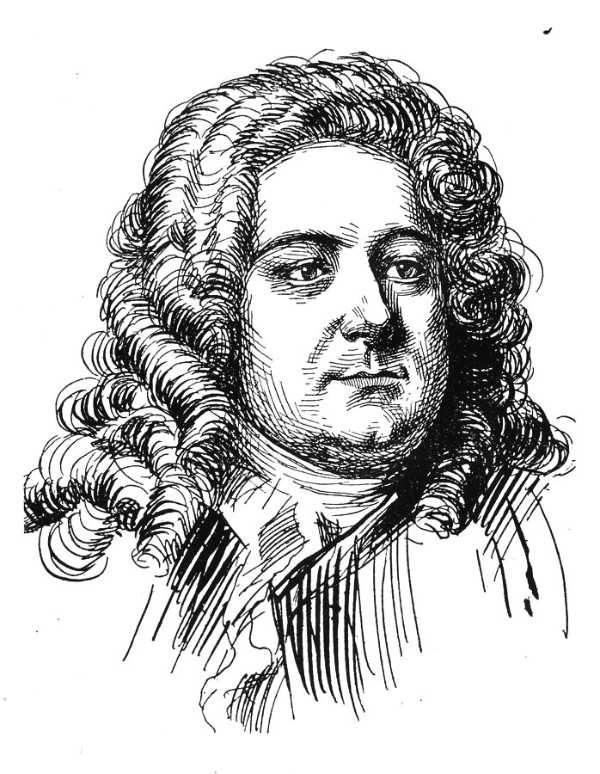Ottorino Respighi, born on 9 July 1879, was an Italian composer whose music captured the soul of Italy with vibrant colours and evocative imagery. Born in Bologna, he studied violin and composition, later drawing inspiration from both his native land and the broader European musical tradition.
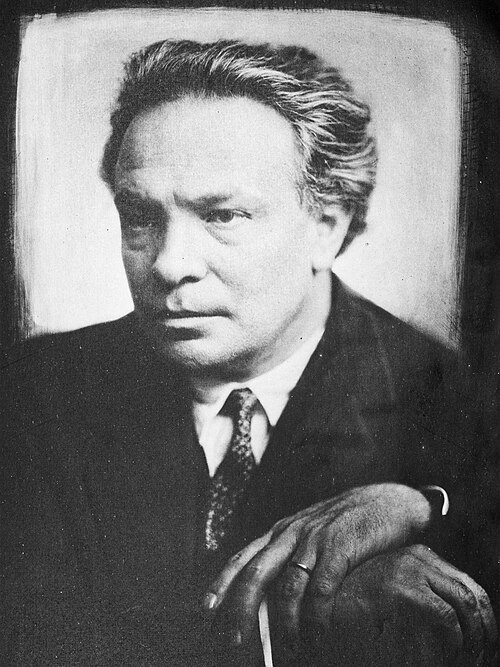
Ottorino Respighi, 1927
What makes Respighi’s music so captivating is its accessibility and emotional depth. His compositions are rich with sweeping melodies and dynamic contrasts, yet they never feel overly complex, inviting listeners into his world with ease.
Respighi’s works remain popular today, frequently performed in concert halls and cherished for their ability to transport listeners to another time and place. Respighi’s legacy endures as a celebration of beauty, history, and the power of music to paint pictures.
Respighi is best known for his orchestral tone poems that vividly depict scenes and landscapes, particularly those inspired by Italy. To celebrate his birthday on 9 July, let us feature 10 of his most popular works.
Ottorino Respighi: Fountains of Rome
Pines of Rome
Composed in 1924, the Pines of Rome is one of the most celebrated orchestral tone poems in the classical music repertoire. The second part of Respighi’s “Roman trilogy,” this vivid work paints four distinct scenes of Roman pine trees, each movement capturing a different setting and mood.
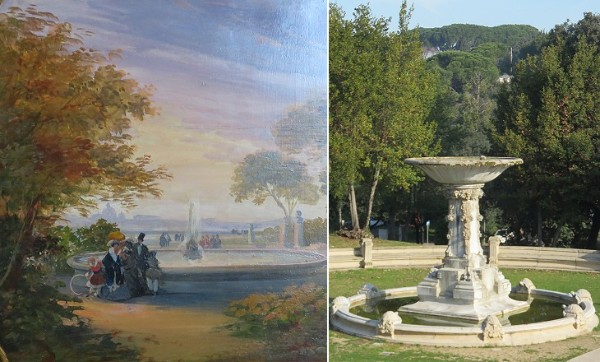
Respighi’s Pines of Rome
From the playful chatter of children in the Villa Borghese gardens to the sombre mystery of the catacombs, the serene beauty of the Janiculum hill at night, and the triumphant march of Roman legions along the Appian Way, the piece is a journey through time and place. Respighi’s masterful use of lush strings, bold brass, and even a recorded nightingale’s song creates a cinematic experience that feels both timeless and immediate.
The enduring appeal of Pines of Rome lies in its ability to blend vivid imagery with emotional resonance. Each movement is distinct yet flows seamlessly, showcasing Respighi’s skill for storytelling through music. Respighi’s innovative orchestration, including the use of off-stage instruments and a gramophone recording, was groundbreaking at the time and still captivates today. It remains a beloved masterpiece that celebrates the eternal city’s grandeur and spirit.
Roman Festivals
Roman Festivals is the exhilarating final chapter of Respighi’s “Roman trilogy.” Composed in 1928, this set of orchestral tone poems celebrates the eternal city. In fact, the vibrant work captures four distinct Roman celebrations, each movement bursting with energy and colour.
We find a wild spectacle of circus games in “Circuses,” and a fervent pilgrimage in “The Jubilee.” There is plenty of romantic revelry in “October Festival” and plenty of the chaotic joy of Epiphany festivities in “La Befana.” Together, they paint a vivid sonic portrait of Rome’s cultural spirit.
The magic of this tone poem lies in its dynamic storytelling and infectious vitality, hallmarks of Respighi’s style. Each movement is a whirlwind of emotion, blending vivid imagery with accessible melodies that draw listeners in. The work showcases Respighi’s unmatched ability to evoke place and passion through music.
Ancient Airs and Dances, Suite No. 1
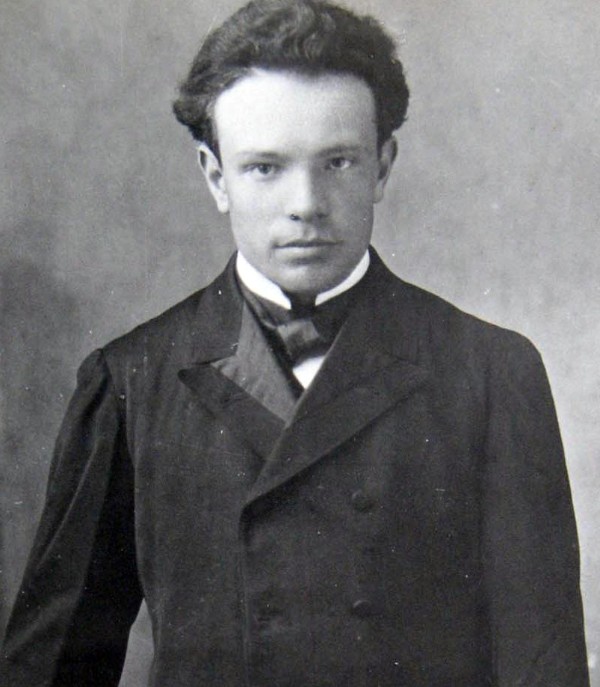
Ottorino Respighi in 1903
Ottorino Respighi: Ancient Airs and Dances, Suite No. 1, P. 109 (Chamber Orchestra of New York; Salvatore Di Vittorio, cond.)
Composed in 1917, the first Suite of Ancient Airs and Dances is a charming orchestral work that breathes new life into melodies from the Renaissance era. Inspired by lute music from the 16th and 17th centuries, this suite reimagines early Italian compositions with Respighi’s lush, modern orchestration.
The four movements evoke a world of courtly elegance, rustic dances, and nostalgic grace. With delicate strings, warm woodwinds, and sparkling harpsichord touches, Respighi crafts a sound that feels both ancient and timeless, inviting listeners to imagine Renaissance Italy’s ballrooms and countryside gatherings.
Blending his gift for historical research with vibrant storytelling, this suit sounds with gentle charm. Each movement offers a distinct mood, from the stately grandeur of the opening balletto to the lively, playful close of the mascherada. The suite flows with effortless warmth that captivates. Respighi’s orchestration modernises the old melodies without overshadowing their simplicity, creating a work that is both sophisticated and easy to love.
Ancient Airs and Dances, Suite No. 2
Ottorino Respighi continued his exploration of Renaissance and Baroque Italian music in his second suite of Ancient Airs and Dances composed in 1923. Like its predecessor, this suite draws on lute and guitar melodies from the 16th and 17th centuries, reimagined through Respighi’s rich, modern orchestration.
Its four movements, “Laura Soave,” “Danza Rustica,” “Campanae Parisienses,” and “Bergamasca”, weave a tapestry of lyrical elegance, rustic vigour, and nostalgic charm. With shimmering strings, plaintive woodwinds, and subtle period-inspired touches, the suite evokes the refined courts and lively villages of old Italy.
This suite is both accessible and deeply evocative. Compared to Suite No. 1, this suite has a slightly darker and more introspective tone, yet it remains inviting and melodic. Respighi’s genius in modernising ancient tunes ensures the music feels fresh while still honouring its roots.
Ottorino Respighi: Ancient Airs and Dances, Suite No. 2, P. 138 (Sinfonia 21; Richard Hickox, cond.)
Ancient Airs and Dances, Suite No. 3
The final instalment of his beloved orchestral suites inspired by Renaissance and Baroque Italian music was composed in 1931. The Ancient Airs and Dances, Suite No. 3 is unlike the first two, as it is scored for strings alone, creating a refined and intimate sound that highlights the purity of the original melodies. Its four movements are again drawn from 16th and 17th-century lute and guitar pieces, evoking the elegance of courtly dances, pastoral serenity, and stately grandeur.
Respighi’s sensitive orchestration wraps these ancient tunes in a warm, luminous glow, offering a nostalgic glimpse into Italy’s musical heritage. The allure of this set lies in its understated beauty and emotional depth, making it both accessible and profoundly moving.
The strings-only texture lends a delicate, almost ethereal quality, with each movement unfolding like a cherished memory. Just listen to the graceful poise of “Italiana” or the robust and rhythmic vitality of the “Passacaglia.” Compared to the previous suites, Suite 3 feels introspective yet equally captivating, as Respighi transforms simple melodies into timeless art.
The Birds
Ottorino Respighi composed The Birds in 1928. It is a delightful orchestral suite that brings the songs and spirits of birds to life through music. Drawing inspiration from 17th- and 18th-century compositions, Respighi reimagines these pieces to evoke the distinct characters of five birds or avian scenes.
Each movement sparkles with vivid orchestral colours from the gently cooing of the dove to the playful clucking of the hen, all crafted with Respighi’s signature blend of whimsy and elegance. The suite’s light-hearted charm and inventive use of instruments, including a celesta to mimic birdsong, create a vivid, almost visual experience of nature’s feathered creatures.
With its imaginative storytelling, it’s not surprising that The Birds is a favourite for audiences of all ages. Each movement is concise yet brimming with personality, balancing historical melodies with Respighi’s lush, modern orchestration. The Nightingale’s serene beauty and the Cuckoo’s lively mischief stand out, inviting listeners to smile and marvel at the music’s evocative power. Once again, Respighi transforms simple ideas into enchanting soundscapes.
Church Windows
Composed in 1926, Church Windows is a captivating orchestral suite that transforms the imagery of stained-glass church windows into vibrant musical tableaux. Originally based on three piano pieces, Respighi expanded them into four movements for orchestra titled “The Flight into Egypt,” “St. Michael Archangel,” “The Matins of St. Clare,” and “St. Gregory the Great.”
Each movement paints a sacred scene with Respighi’s signature orchestral brilliance, blending impressionistic colours, modal harmonies, and solemn grandeur. From the tender, nocturnal journey of the Holy Family to the triumphant majesty of St. Gregory, the suite evokes a spiritual atmosphere, rich with reverence and vivid storytelling.
The charm of Church Windows lies in its ability to balance mystical beauty with emotional accessibility, inviting listeners into a sacred yet approachable sound world. Respighi’s lush orchestration, featuring shimmering strings, radiant brass, and delicate woodwinds, brings each scene to life with cinematic clarity. Frequently performed and admired for its atmospheric depth, Church Windows captivates audiences with its evocative power and spiritual resonance, offering a luminous reflection of faith and art through Respighi’s masterful lens.
Metamorphoseon Modi XII
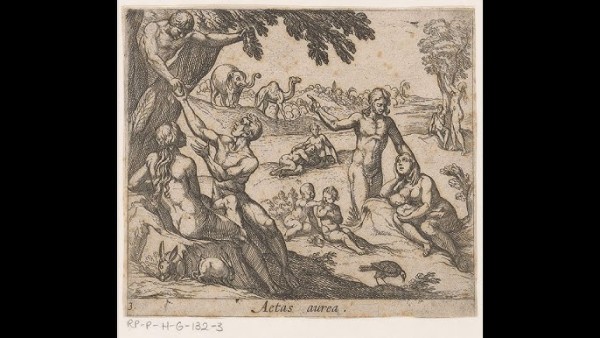
Respighi’s Metamorphoseon
Ottorino Respighi: Metamorphoseon Modi XII, P. 169 (Philharmonia Orchestra; Geoffrey Simon, cond.)
Written to celebrate the 50th anniversary of the Boston Symphony Orchestra, Metamorphoseon Modi XII is a striking orchestral work that showcases Respighi’s mastery of variation and orchestral colour. This theme and twelve variations based on a modal melody explore different moods, textures, or characters in each variation.
Unlike Respighi’s more programmatic works, Metamorphoseon is abstract yet deeply expressive, weaving a tapestry of emotions through intricate orchestration. From introspective, lyrical passages to bold, dramatic flourishes, the work highlights Respighi’s ability to transform a single theme into a multifaceted journey.
The work invites listeners to appreciate Respighi’s craftsmanship without the need for a specific narrative. Each variation unfolds like a new chapter, with shimmering strings, evocative woodwinds, and powerful brass creating a dynamic flow that captivates the ear. Though less overtly pictorial than his tone poems, the work’s emotional depth and structural elegance make it a compelling listen.
Trittico Botticelliano
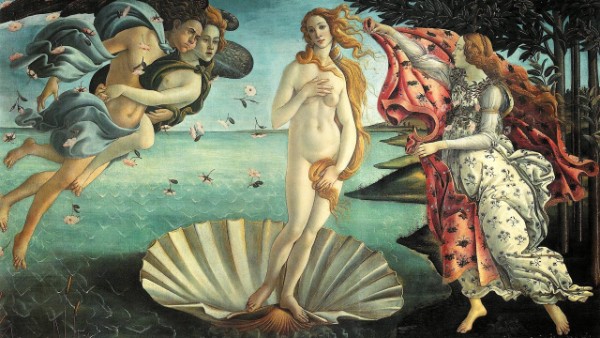
Sandro Botticelli: The Birth of Venus
Based on three iconic paintings by the Renaissance artist Sandro Botticelli, Respighi composed his Trittico Botticelliano in 1927. Commissioned by the Elizabeth Sprague Coolidge Foundation, the work comprises three movements, namely “La Primavera” (Spring), “L’Adorazione dei Magi” (The Adoration of the Magi), and “La Nascita di Venere” (The Birth of Venus).
With delicate strings, shimmering woodwinds, and gentle brass, the suite paints vivid musical pictures, from the joyful blossoming of spring to the serene reverence of a sacred scene and the ethereal beauty of Venus emerging from the sea. Respighi’s lyrical touch brings a refined, almost impressionistic quality to this celebration of Renaissance imagery.
Each movement flows with melodic warmth, offering a gentle yet captivating narrative that feels both intimate and timeless. This suite is more introspective, its subtle orchestration reflecting the grace of Botticelli’s paintings. Popular in concert halls and recordings, Trittico Botticelliano enchants with its poetic storytelling and historical resonance, making it a beloved gem for audiences seeking a lyrical journey through art and sound.
Conclusion
Ottorino Respighi’s 10 most popular compositions, from the dazzling Roman trilogy to the sprightly Ancient Airs and Dances and radiant Trittico Botticelliano, showcase his genius for blending lush orchestration with evocative storytelling. These works continue to captivate audiences worldwide, cementing his legacy as a master of colour and imagination in 20th-century music.
For more of the best in classical music, sign up for our E-Newsletter

